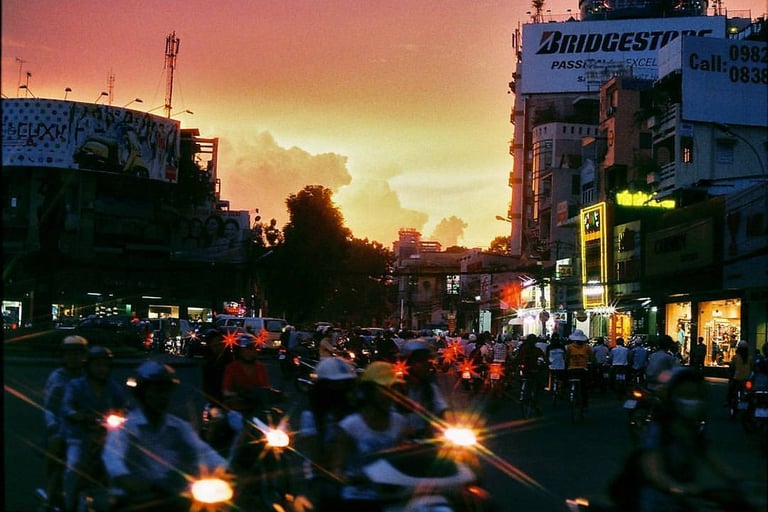Vietnam Itinerary: Ultimate 14-Day South to North Journey
A travel itinerary is your roadmap to adventure - a detailed plan that outlines your destinations, activities, accommodations, and timeline. As a professional travel photographer who has guided hundreds of visitors through Vietnam, I've seen how a well-crafted itinerary can mean the difference between a good trip and a life-changing experience.
EXPERIENCE TRAVEL
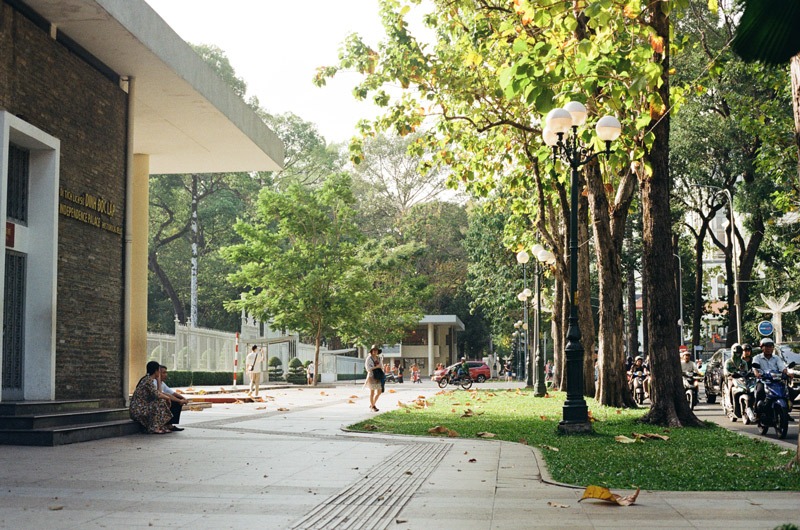

Vietnam Itinerary: Ultimate 14-Day South to North Journey - A Professional Travel Photographer's Guide
After 10 years of capturing Vietnam's soul through my lens and guiding countless travelers through this incredible country, I'm sharing the definitive Vietnam itinerary that will transform your journey from ordinary to extraordinary.
What is a Travel Itinerary and Why You Need One
Best Tools for Creating Your Vietnam Itinerary
Why Travel South to North in Vietnam
The Perfect 14-Day Vietnam Itinerary
South Vietnam: Cultural Immersion (Days 1-4)
Central Vietnam: Imperial Heritage & Beach Bliss (Days 5-8)
North Vietnam: Mountain Majesty & Cultural Heart (Days 9-14)
Essential Travel Tips for Each Region
Frequently Asked Questions
What is a Travel Itinerary and Why You Need One
A travel itinerary is your roadmap to adventure - a detailed plan that outlines your destinations, activities, accommodations, and timeline. As a professional travel photographer who has guided hundreds of visitors through Vietnam, I've seen how a well-crafted itinerary can mean the difference between a good trip and a life-changing experience.
Your Vietnam itinerary should include:
Daily schedules with must-see attractions
Transportation between cities
Accommodation recommendations
Local dining experiences
Photography opportunities
Cultural activities and festivals
Buffer time for spontaneous discoveries
Best Tools for Creating Your Vietnam Itinerary
Creating the perfect Vietnam itinerary requires the right tools and local insights. After helping countless travelers plan their journeys, I've tested numerous planning platforms to find what works best for Vietnam's unique travel landscape.
General Travel Planning Tools
Adobe Express Schedule Creator - Adobe Express Itinerary
Strengths: Beautiful visual layouts, easy to customize designs
Best for: Creating shareable PDF itineraries with photos
Limitations: Lacks Vietnam-specific insights and local recommendations
Canva's Trip Planner AI - Canva Trip Planner
Strengths: AI-powered suggestions, professional templates
Best for: Visual itineraries with drag-and-drop functionality
Limitations: Generic recommendations that miss hidden gems
Notion Travel Planner Templates - Notion Travel Templates
Strengths: Comprehensive organization, collaborative features
Best for: Detailed trip planning with budgets and notes
Limitations: Requires time investment to set up properly
The Vietnam Specialist: Why Local Expertise Matters
However, for Vietnam specifically, I strongly recommend the specialized Vietnam Travel Planner and Itinerary Maker. Having tested this tool extensively with my photography tour groups, it stands out for several crucial reasons:
AI-Powered Local Intelligence: Unlike generic planners, this tool has been trained on discoveries from Vietnam's photographer community. It knows which rooftop in Ho Chi Minh City offers the best sunset shots, which alley in Hanoi serves the most authentic pho, and which village in Sapa provides the most stunning rice terrace views.
Photographer-Centric Recommendations: The system understands the importance of golden hour locations, weather patterns for optimal shooting conditions, and seasonal variations that affect landscape photography. It's like having a local photographer guide your planning process.
Easy Sharing and Collaboration: The platform creates beautifully formatted itineraries that are easy to share with travel companions or save offline. I've watched travelers effortlessly coordinate complex multi-city journeys using its intuitive interface.
Real-Time Updates: Vietnam's travel landscape changes rapidly - new attractions open, road conditions shift, and festivals move dates. This tool provides current information that guidebooks and generic planners often miss.
Local Context Integration: Beyond just listing attractions, it provides cultural context, etiquette tips, and practical advice that prevents common tourist mistakes. It's the difference between visiting a temple and truly understanding its significance.
My Professional Recommendation
After a decade of guiding travelers through Vietnam, I've seen how the right planning tool can transform a good trip into an extraordinary adventure. While the general tools mentioned above work well for basic planning, Vietnam's complexity - from its diverse climate zones to its rich cultural nuances - requires specialized knowledge.
The Vietnam Travel Planner isn't just another booking platform; it's a curated experience built by people who understand Vietnam's soul. When you're investing time and money in a Vietnam adventure, having local photographer insights at your fingertips makes all the difference.
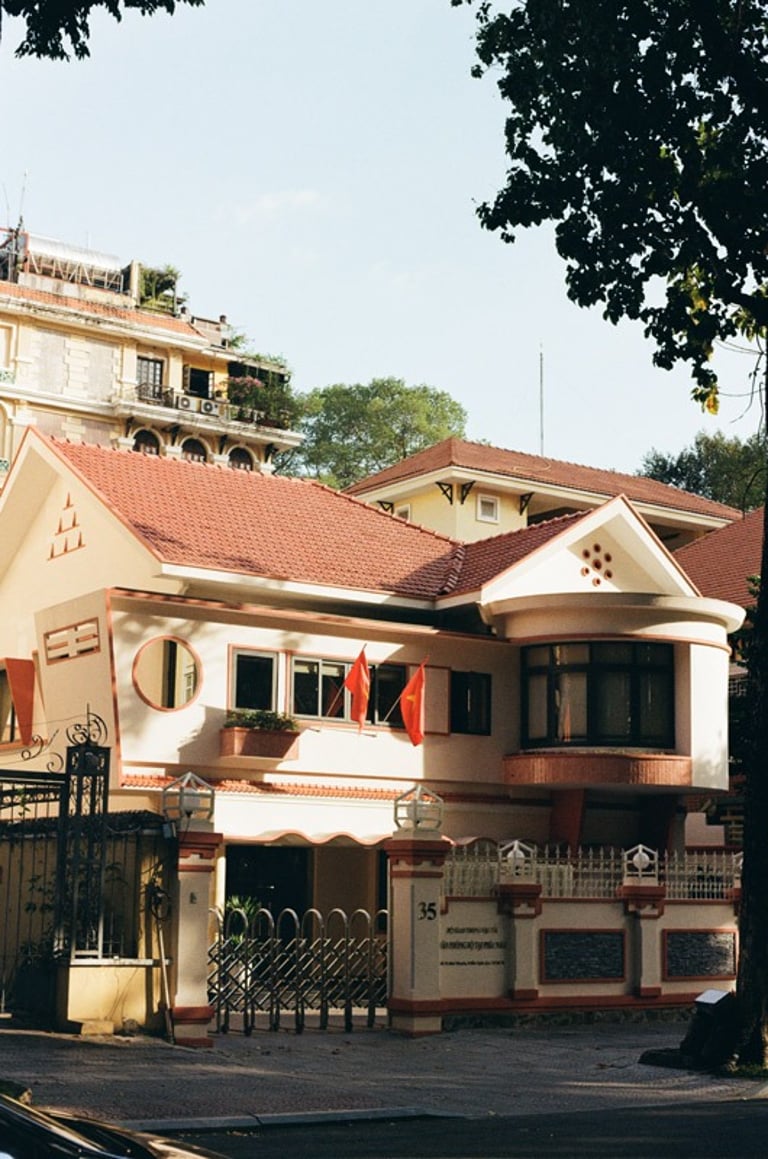
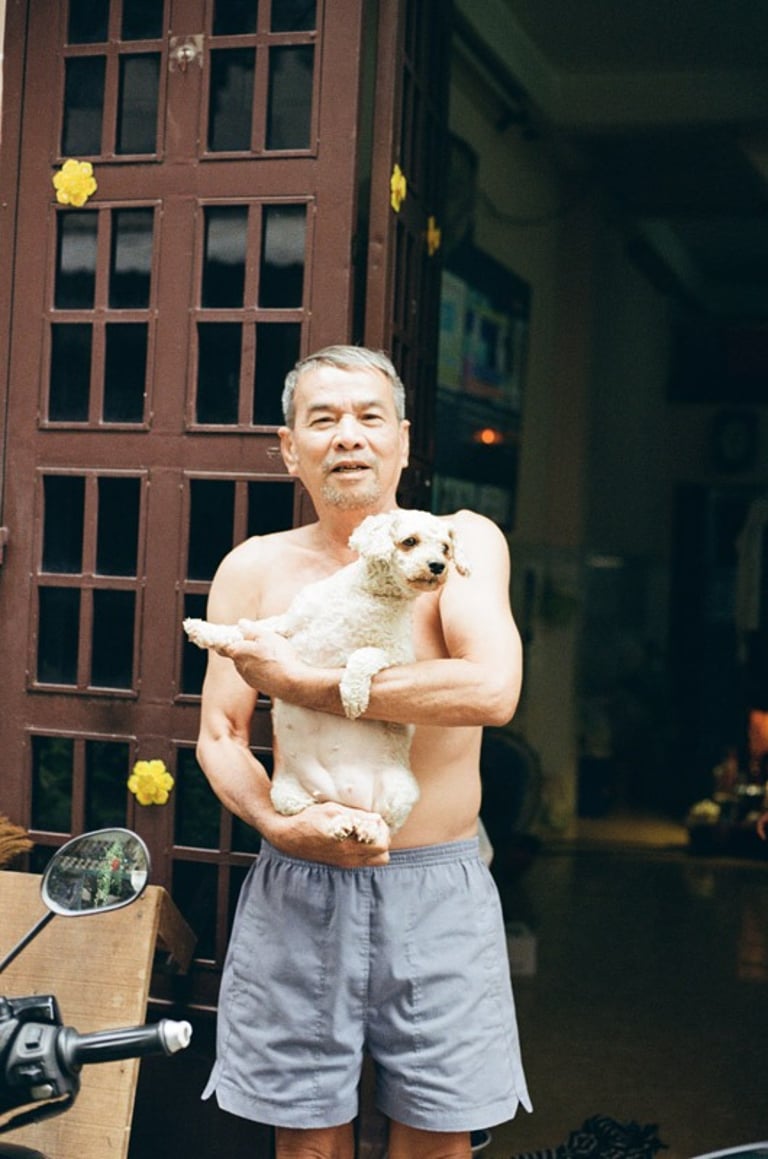


Why Travel South to North in Vietnam
After a decade of guiding travelers, I've found the south-to-north route offers the most rewarding cultural progression. Ho Chi Minh City serves as an ideal entry point with international hospitality standards while maintaining authentic Vietnamese character. As you journey north, you'll gradually immerse deeper into Vietnam's cultural heart, culminating in Hanoi's charming traditional atmosphere.
This progression allows you to:
Acclimatize to Vietnamese culture gradually
Experience the country's diverse regional characteristics
Build toward the most culturally rich experiences
End on a high note in Vietnam's captivating capital
For detailed planning of this route, the Vietnam Travel Planner can help optimize your journey based on seasonal weather patterns, cultural events, and photography opportunities I've discovered over the years.
The Perfect 14-Day Vietnam Itinerary
Route Overview:
Ho Chi Minh City → Mekong Delta → Da Lat → Da Nang → Hoi An → Hue → Sapa → Ninh Binh → Ha Long Bay → Hanoi
This carefully crafted Vietnam itinerary balances cultural immersion, natural beauty, and practical logistics while maximizing your photographic opportunities. For a personalized version of this route that adapts to your travel dates and interests, I recommend using the Vietnam Travel Planner which incorporates real-time weather data and local event calendars.
South Vietnam: Cultural Immersion (Days 1-4)
Ho Chi Minh City (Days 1-2)
Historical Context: Once known as Saigon, this vibrant metropolis serves as Vietnam's economic hub and gateway to Southeast Asia. The city seamlessly blends French colonial architecture with modern skyscrapers and traditional markets.
Must-Visit Attractions:
Independence Palace - View on Google Maps - Historic presidential palace showcasing 1960s architecture
Notre-Dame Cathedral Basilica of Saigon - View on Google Maps - Stunning French colonial Gothic Revival architecture
Ben Thanh Market - View on Google Maps - Iconic covered market perfect for street photography
Saigon Chinatown (Cho Lon) - View on Google Maps - Vibrant Chinese quarter with ornate temples and bustling streets
Photography Highlights: Golden hour shots from Bitexco SkyDeck, street food vendors at Ben Thanh Market, French colonial architecture in District 1
Cu Chi Tunnels (Day 2 - Half Day)
Historical Context: This extensive underground network served as a crucial strategic location during the Vietnam War, showcasing Vietnamese ingenuity and resilience.
Experience: Guided tour through the tunnel system with historical insights and optional shooting range experience.
Mekong Delta (Day 3)
Historical Context: Known as Vietnam's "rice bowl," the Mekong Delta has been the agricultural heart of the country for centuries, supporting floating markets and traditional river communities.
Must-Experience:
Cai Rang Floating Market - View on Google Maps - Authentic wholesale floating market
Traditional boat tours through narrow canals
Local family visits to understand delta life
Coconut candy workshops in Ben Tre
Photography Opportunities: Sunrise over floating markets, traditional boats, rice paddies, local artisans at work
Da Lat (Day 4)
Historical Context: This highland city, established as a French hill station in 1893, offers a cool mountain climate and European-influenced architecture at 1,500 meters elevation.
Must-Visit:
Crazy House (Hang Nga Guesthouse) - View on Google Maps - Surreal architectural marvel
Da Lat Market - View on Google Maps - Fresh produce and local specialties
Elephant Falls - View on Google Maps - Cascading waterfall perfect for long-exposure photography
Essential Tip: Pack warm clothes - temperatures can drop to 10°C (50°F) at night!
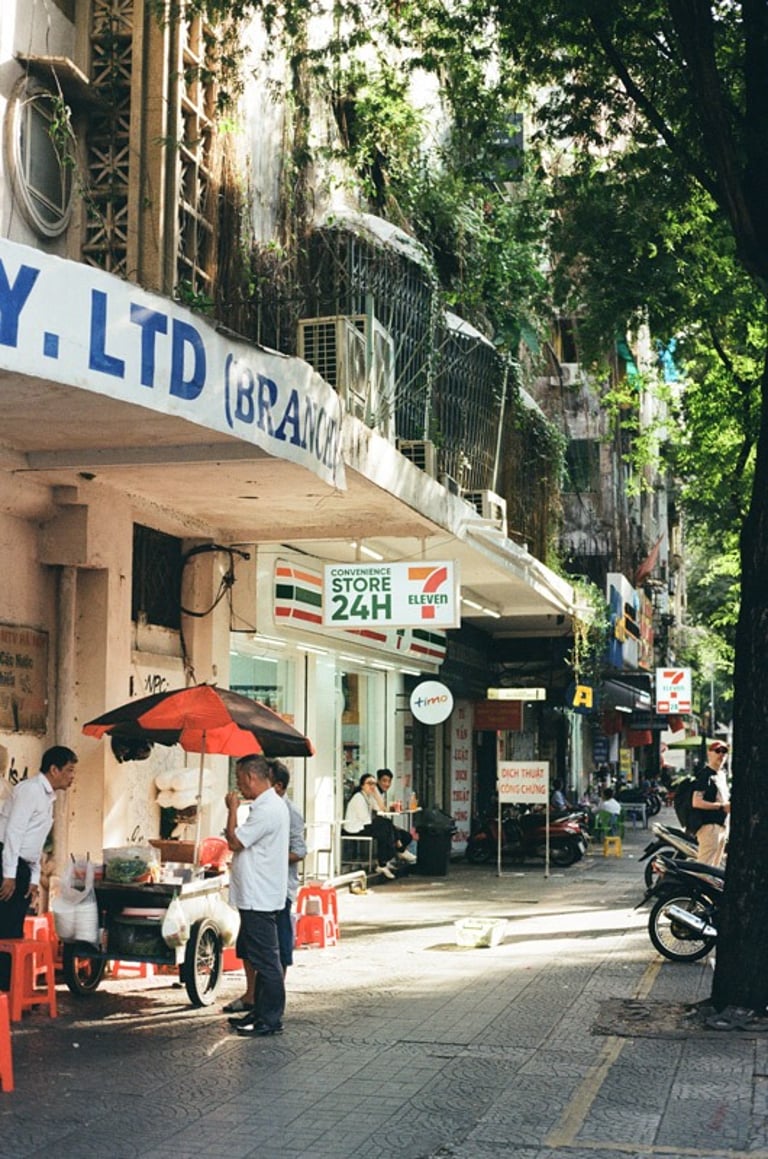
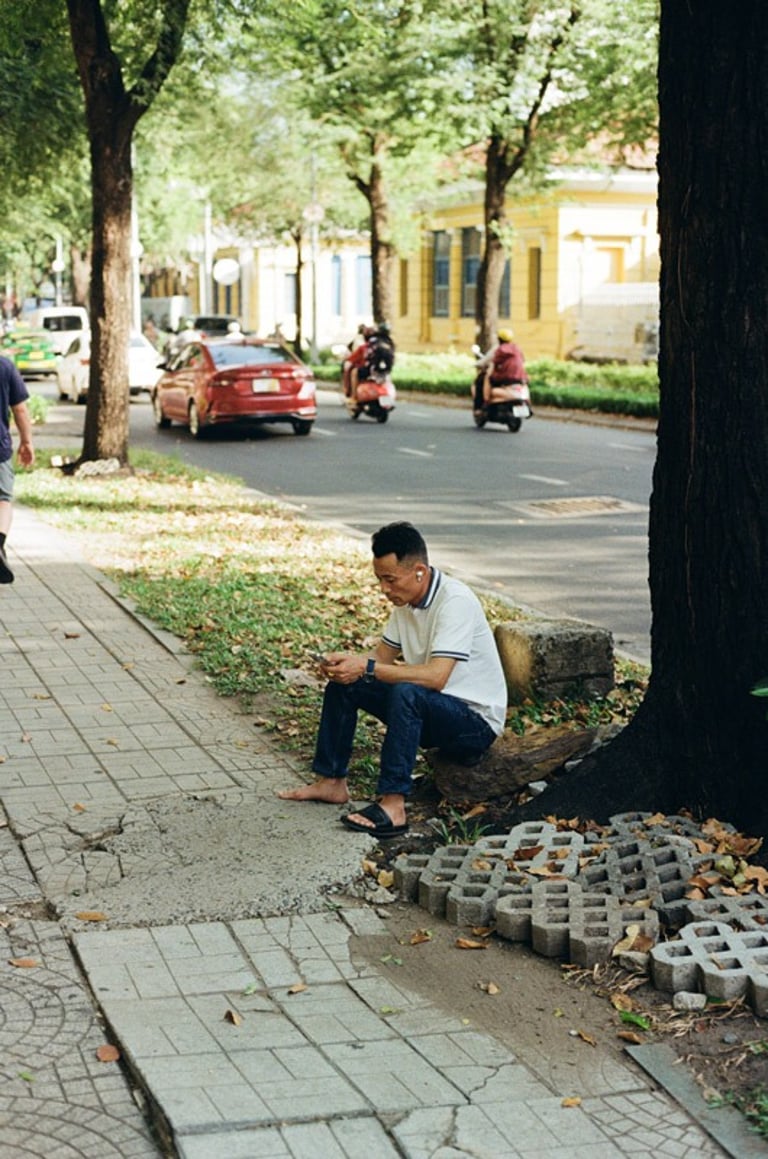


Central Vietnam: Imperial Heritage & Beach Bliss (Days 5-8)
Da Nang (Days 5-6)
Historical Context: Once a small fishing village, Da Nang has transformed into Vietnam's third-largest city while maintaining its coastal charm and serving as the gateway to central Vietnam.
Must-Visit:
My Khe Beach - View on Google Maps - Pristine sandy beach perfect for sunrise photography
Dragon Bridge - View on Google Maps - Iconic fire-breathing dragon bridge
Ba Na Hills - View on Google Maps - French colonial hill station with Golden Bridge
Photography Focus: Beach sunrises, Dragon Bridge fire show (weekends), panoramic city views from Ba Na Hills
Hoi An (Day 7)
Historical Context: This UNESCO World Heritage site served as a major trading port from the 15th to 19th centuries, preserving remarkable examples of Asian and European architectural fusion.
Must-Visit:
Hoi An Ancient Town - View on Google Maps - Car-free historic center with lantern-lit streets
Japanese Covered Bridge - View on Google Maps - Iconic 400-year-old covered bridge
Thanh Ha Pottery Village - View on Google Maps - Traditional ceramic crafts
Photography Magic: Golden hour lantern reflections, traditional craftsmen, ancient architecture details
Hue (Day 8)
Historical Context: Vietnam's former imperial capital (1802-1945) houses the country's most significant historical monuments within the UNESCO-listed Imperial City.
Must-Visit:
Imperial City - View on Google Maps - Forbidden Purple City and royal palaces
Thien Mu Pagoda - View on Google Maps - Iconic seven-story pagoda overlooking Perfume River
Tomb of Emperor Khai Dinh - View on Google Maps - Elaborate royal mausoleum
Photography Highlights: Imperial architecture, Perfume River boat scenes, traditional royal gardens
North Vietnam: Mountain Majesty & Cultural Heart (Days 9-14)
Sapa (Days 9-10)
Historical Context: This mountain town near the Chinese border showcases Vietnam's ethnic diversity, with five different hill tribes maintaining traditional lifestyles amid stunning terraced rice fields.
Must-Experience:
Fansipan Mountain - View on Google Maps - Vietnam's highest peak via cable car
Cat Cat Village - View on Google Maps - Traditional H'mong village
Muong Hoa Valley - View on Google Maps - Spectacular terraced rice fields
Photography Paradise: Sunrise over terraced fields, ethnic minority portraits (with permission), mountain landscapes
Ninh Binh (Days 11-12)
Historical Context: Known as "Halong Bay on land," this province served as Vietnam's ancient capital and showcases the country's most dramatic karst landscape.
Must-Visit:
Trang An Landscape Complex - View on Google Maps - UNESCO boat tour through limestone caves
Tam Coc - View on Google Maps - "Three Caves" boat journey
Mua Cave - View on Google Maps - Panoramic viewpoint over the karst landscape
Photography Focus: Limestone karst reflections, traditional boat tours, panoramic valley views
Ha Long Bay (Day 13)
Historical Context: This UNESCO World Heritage site features over 1,600 limestone islands and islets, formed over 20 million years and steeped in Vietnamese legend.
Must-Experience:
Overnight junk boat cruise - Traditional wooden boat accommodation
Sung Sot Cave - View on Google Maps - Spectacular limestone cave system
Ti Top Island - View on Google Maps - Panoramic bay views
Photography Tip: One night is perfect - longer stays often disappoint due to weather and crowds.
Hanoi (Day 14)
Historical Context: Vietnam's capital for over 1,000 years represents the country's cultural and political heart, where ancient traditions coexist with modern Vietnamese life.
Must-Visit:
Old Quarter - View on Google Maps - Historic "36 Streets" district
Ho Chi Minh Mausoleum - View on Google Maps - Final resting place of Vietnam's founding father
Temple of Literature - View on Google Maps - Vietnam's first university and Confucian temple
Hoan Kiem Lake - View on Google Maps - Legendary lake in the city center
Photography Finale: Street food scenes, French colonial architecture, temple details, lake reflections
Essential Travel Tips for Each Region
South Vietnam Travel Essentials:
Best Travel Times: Early morning (5:30-6:30 AM) for cooler temperatures and softer light - perfect for both sightseeing and photography
Transportation: Grab ride-sharing is reliable and safe; negotiate taxi prices beforehand
Weather Preparation: Pack lightweight, breathable clothing and rain gear for sudden tropical downpours
Cultural Tip: Remove shoes when entering temples and homes
Photography Insight: The golden hour light in southern Vietnam creates magical reflections off the Mekong Delta's waterways - I've captured some of my most memorable shots during these precious morning moments
Central Vietnam Travel Essentials:
Climate Variation: Da Nang offers beach weather while Hue can be surprisingly cool and misty
Transportation: Trains between cities offer scenic routes; book soft sleeper for overnight journeys
Accommodation: Book beach resorts in Da Nang in advance during peak season (June-August)
Cultural Etiquette: Dress modestly when visiting imperial sites and temples
Photography Experience: The ancient architecture in Hoi An transforms under lantern light - after years of shooting here, I've learned that the hour just after sunset provides the most enchanting atmosphere for capturing the town's timeless beauty
North Vietnam Travel Essentials:
Weather Variability: Mountain weather changes rapidly; layer clothing and pack waterproof gear
Transportation: Overnight buses to Sapa can be uncomfortable; consider flying to nearby Lao Cai
Altitude Considerations: Sapa sits at 1,500m elevation - allow time to acclimatize
Cultural Sensitivity: Ask permission before photographing ethnic minority people
Local Insight: Ha Long Bay's limestone karsts look dramatically different in morning mist versus afternoon sun - through countless shoots, I've discovered that early morning provides the most mystical atmosphere
Photography Wisdom: The terraced rice fields in Sapa change character with the seasons - I've learned that the fields are most photogenic during the flooding season (May-June) when they mirror the sky like giant natural mirrors
Universal Vietnam Travel Tips:
Currency: Vietnamese Dong (VND) - carry small bills for street vendors
Language: Learn basic Vietnamese phrases; "Xin chào" (hello) and "Cảm ơn" (thank you) go far
Food Safety: Stick to busy street stalls with high turnover; avoid raw vegetables in small towns
Bargaining: Expected in markets but not in restaurants or established shops
Connectivity: Purchase a local SIM card for reliable internet access
Photography Ethics: Always ask permission before photographing people, especially in rural areas - this respect often leads to more authentic moments and better shots
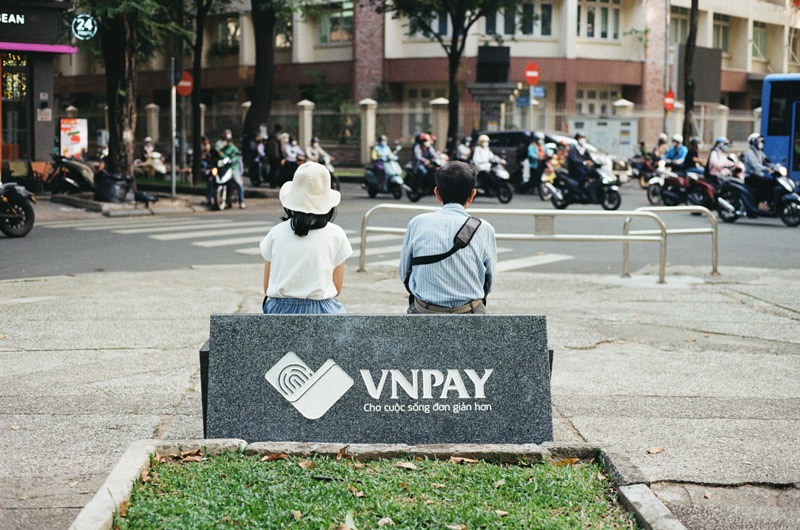

Frequently Asked Questions
Q: How much time should I spend in Vietnam?
A: This 14-day Vietnam itinerary provides an excellent overview covering all major highlights. However, Vietnam's diversity deserves more time if possible. For a more relaxed pace, I recommend 21 days, which allows 2-3 extra days in each region for spontaneous discoveries and deeper cultural immersion. If you only have 10 days, focus on either the South-Central route (Ho Chi Minh City to Hoi An) or the Central-North route (Da Nang to Hanoi). The Vietnam Travel Planner can help customize shorter or longer itineraries based on your specific interests and timeframe.
Q: What's the best time to visit Vietnam?
A: Vietnam's climate varies dramatically by region. Generally, March-May and September-November offer the best weather across all regions. However, each area has its optimal seasons:
South Vietnam: December-April (dry season, less humid)
Central Vietnam: February-May (avoid October-December typhoon season)
North Vietnam: March-May and September-November (avoid humid summer and cold winter)
Special Considerations: Sapa's rice terraces are most photogenic during flooding season (May-June) and harvest time (September-October)
Q: Do I need a visa for Vietnam?
A: Visa requirements depend on your nationality and length of stay. As of 2024, Vietnam offers visa-free access to citizens of several countries for 15-45 days. Most other nationalities can obtain e-visas online or visas on arrival. Requirements change frequently, so check current regulations before travel. I always recommend having at least 6 months validity on your passport.
Q: How should I travel between cities in Vietnam?
A: Vietnam offers excellent transportation options:
Domestic Flights: Best for long distances (Ho Chi Minh City to Da Nang, Da Nang to Hanoi). VietJet and Vietnam Airlines offer frequent, affordable flights.
Trains: Scenic and comfortable for medium distances. The Reunification Express (Ho Chi Minh City to Hanoi) is a classic journey, though it takes 30+ hours.
Buses: Sleeper buses are popular for overnight travel (Ho Chi Minh City to Da Lat, Da Nang to Hoi An). Choose reputable companies like Phuong Trang or Mai Linh.
Private Transfers: More expensive but convenient, especially for photography equipment transport.
Q: Is it safe to travel in Vietnam?
A: Vietnam is very safe for tourists with low crime rates. Standard precautions apply:
Traffic: Be extremely cautious crossing streets, especially in Ho Chi Minh City and Hanoi
Food Safety: Eat at busy establishments with high turnover
Scams: Common tourist scams include overcharging and gem scams near tourist sites
Natural Hazards: Typhoons affect central Vietnam (September-December), and mountain weather can change rapidly
Emergency Numbers: Police (113), Medical (115), Fire (114)
Q: What should I pack for this Vietnam itinerary?
A: Packing for Vietnam's diverse climates requires strategic planning:
Clothing: Lightweight, breathable fabrics for the south; layers for the north; warm jacket for Sapa and Da Lat
Footwear: Comfortable walking shoes, sandals for beaches, waterproof shoes for trekking
Electronics: Universal adapter, power bank, waterproof phone case
Medications: Basic first aid kit, anti-diarrheal medicine, insect repellent
Cultural Considerations: Modest clothing for temples (cover shoulders and knees)
Photography Gear: Extra batteries (drain quickly in humidity), lens cleaning kit, waterproof camera bag
Q: How much does a Vietnam trip cost?
A: Vietnam offers excellent value for money. Daily budgets vary significantly:
Budget Travel: $20-40/day (hostels, street food, local transport)
Mid-Range: $50-100/day (3-star hotels, mix of local and tourist restaurants)
Luxury: $150+/day (4-5 star hotels, fine dining, private tours)
Major Expenses: International flights, internal flights, organized tours (Ha Long Bay cruise $100-300/night)
Money-Saving Tips: Use local buses, eat street food, book accommodations in advance
Q: What are the must-try Vietnamese dishes?
A: Vietnam's culinary diversity reflects its regional variations:
North: Pho Bo (beef noodle soup), Bun Cha (grilled pork with noodles), Egg Coffee
Central: Cao Lau (Hoi An noodles), Banh Mi (Vietnamese sandwich), Imperial Cuisine in Hue
South: Banh Xeo (crispy pancake), Hu Tieu (pork and seafood noodle soup), Fresh Spring Rolls
Safety Tips: Choose busy street stalls, avoid raw vegetables in smaller towns, drink bottled water
Dietary Restrictions: Vegetarian options available but may contain fish sauce; specify "chay" for strict vegetarian
Q: How can I create a detailed Vietnam itinerary?
A: Creating a comprehensive Vietnam itinerary requires balancing logistics, weather, and personal interests. I recommend using the specialized Vietnam Travel Planner and Itinerary Maker which offers:
AI-powered recommendations based on local photographer insights
Weather-optimized scheduling
Cultural event integration
Photography location suggestions
Transportation logistics
Budget estimation tools The platform's strength lies in its deep local knowledge and ability to create personalized itineraries that go beyond typical tourist routes.
Q: Can I modify this itinerary based on my interests?
A: Absolutely! This serves as a foundation that can be customized:
History Buffs: Add extra time in Hue, visit DMZ, explore Cu Chi Tunnels thoroughly
Beach Lovers: Extend stay in Da Nang, add Phu Quoc Island
Adventure Seekers: Include Ha Giang Loop, extend Sapa trekking, add Phong Nha caves
Food Enthusiasts: Add cooking classes, food tours, visits to local markets
Photography Focus: Time visits for optimal lighting, include lesser-known photogenic locations Use the Vietnam Travel Planner to adjust the itinerary based on your specific interests and travel style.
Q: What about language barriers in Vietnam?
A: English proficiency varies by region and age group:
Tourist Areas: Most hotels, restaurants, and tour operators speak basic English
Local Areas: Limited English; learning basic Vietnamese phrases helps significantly
Useful Phrases: "Xin chào" (hello), "Cảm ơn" (thank you), "Bao nhiêu?" (how much?)
Translation Apps: Google Translate works offline and has camera translation features
Written Communication: Many locals can read English better than they speak it
Q: How do I respect Vietnamese culture during my visit?
A: Cultural sensitivity enhances your travel experience:
Religious Sites: Remove shoes, dress modestly, don't point feet toward altars
Photography: Always ask permission before photographing people, especially ethnic minorities
Dining Etiquette: Wait for elders to start eating, don't stick chopsticks upright in rice
Social Customs: Use both hands when giving/receiving items, bow slightly when greeting elders
Tipping: Not expected but appreciated for exceptional service (10% in upscale restaurants)
Q: What's the internet and connectivity situation in Vietnam?
A: Vietnam has excellent internet infrastructure:
WiFi: Available in most hotels, cafes, and restaurants
Mobile Data: Purchase local SIM cards at airports (Viettel, Mobifone, or Vinaphone)
Speeds: Generally fast in cities, slower in rural areas
Social Media: Facebook, Instagram work normally (no VPN needed)
Banking: ATMs widely available; notify your bank of travel plans
Q: Are there any seasonal considerations for specific activities?
A: Timing can significantly impact your experience:
Ha Long Bay: Best visibility March-May and September-November
Sapa Rice Terraces: Most photogenic during flooding (May-June) and harvest (September-October)
Mekong Delta: Dry season (November-April) offers better river access
Beach Activities: Central coast best February-August; avoid typhoon season
Photography: Monsoon season creates dramatic skies but can limit outdoor activities
Q: What are some common mistakes to avoid in Vietnam?
A: Learning from others' experiences can save time and money:
Over-packing the itinerary: Leave time for spontaneous discoveries
Ignoring local customs: Dress appropriately for temples and rural areas
Eating only tourist food: Street food offers authentic experiences and better value
Not bargaining: Expected in markets but know when it's appropriate
Underestimating distances: Vietnam is longer than it appears on maps
Forgetting travel insurance: Essential for motorbike accidents and medical emergencies
Not using specialized planning tools: Generic travel planners miss Vietnam's unique requirements
Q: How can I make the most of my photography opportunities in Vietnam?
A: Vietnam offers incredible photographic diversity:
Golden Hour Planning: Use apps like PhotoPills to plan sunrise/sunset shots
Weather Monitoring: Monsoon clouds create dramatic lighting but require flexibility
Cultural Sensitivity: Always ask permission; offering to share photos via email builds rapport
Equipment Considerations: Humidity affects cameras; use silica gel packets in camera bags
Local Guides: Photography tours provide access to hidden locations and cultural context
Seasonal Variations: Each season offers different opportunities - rice terraces, festivals, weather patterns
The Vietnam Travel Planner includes photography-specific recommendations and optimal timing for various shooting locations, making it invaluable for creating a photography-focused itinerary.
Planning your Vietnam adventure? Create your personalized itinerary using our specialized Vietnam Travel Planner - designed by photographers, for travelers who want authentic Vietnamese experiences.
